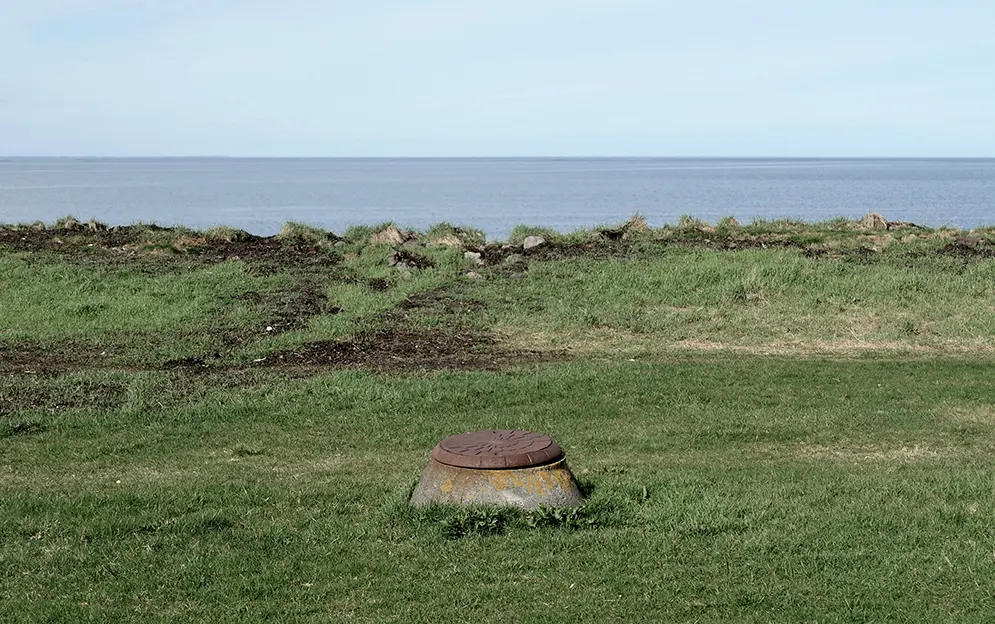
Davíð Brynjar Franzson‘s exhibition, An Urban Archive as an English Garden, directs our attention to how our perception of time and place is influenced by the urban soundscapes around us. An urban soundscape is the sonic environment of a city, defined by the form, shape and activity of a given place. Culture, architecture, fauna and natural surroundings, including landscape and climate, give each city its ever-transforming and unique soundscape, which varies depending on placements within the city, as well as between days or even times of day.
Field recordings, captured in the immediate surroundings of Davíð’s international collaborators, have been arranged for the three-dimensional space of the exhibition, based on the ideology of the 18th century English garden. The main motive is to provide a space for the visitor to move around, explore and experience, as landscaped features serve as an invitation that guides the visitor along on their exploration, rather than offering fixed perspectives. Slow-moving instrumental sounds respond to and reflect on moments within the field recordings, forming a sonic landscape that acts as a garden in both time and space.
The exhibition is a continuation of Hafnarborg’s concert series Phonemes, which is dedicated to contemporary music, having pushed the boundaries of the series’ setting – and music – to its limits, in recent years. During the course of the exhibition, a programme featuring performances by Davíð’s collaborators will be presented, where they engage with and activate the exhibition through the playing of live instruments. The collaborators are Halla Steinunn Stefánsdóttir, violinist, living in Malmö, Júlía Mogensen, cellist, living in Reykjavík, Matt Barbier, trombonist, living in Los Angeles, and Russell Greenberg, percussionist, living in New York.
The curator of the exhibition is Þráinn Hjálmarsson.
The exhibition is supported by The Iceland Visual Arts Fund, the Music Fund and the RÚV and STEF Composers Fund.
The work was developed in part at IRCAM and ZKM.
"*" indicates required fields